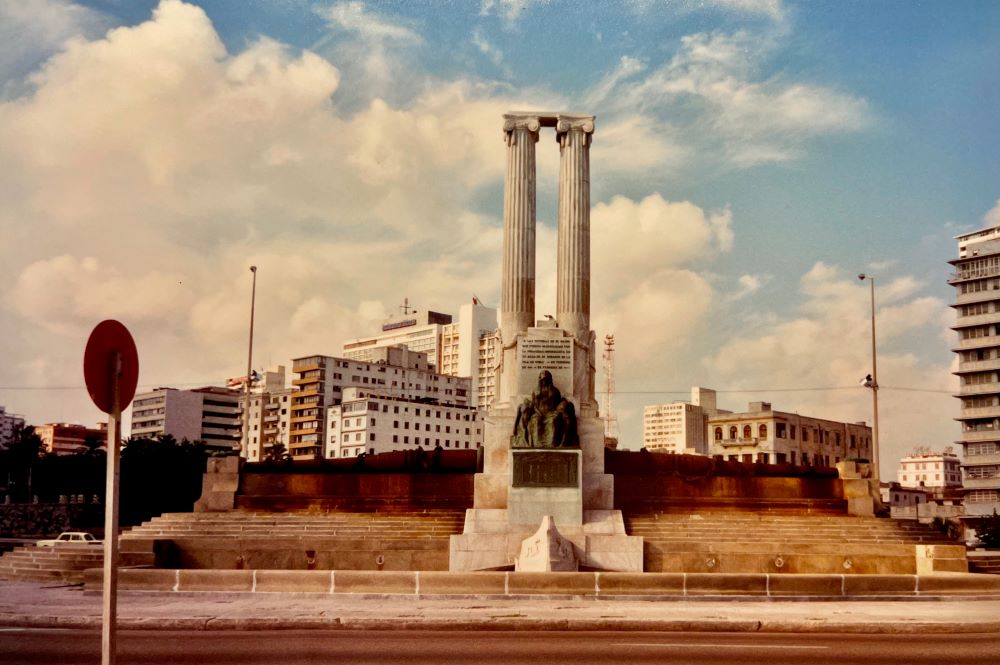When the adoption of socialism elevated the Cuban Communist Party to the pinnacle of power in 1961, its leaders acted to remap the landscape of memory and history in Havana by removing, defacing, or destroying its most iconic, Republic-era monuments in record time: most sources say that “the operation” happened overnight. No target was more representative of the United States’ political control over Cuba than a monument built in the mid-1920s to the Maine, a US naval ship whose (now apparently accidental) explosion in Havana harbor caused the death of 266 officers and crew in February 1898. Those who wanted the United States to intervene militarily in Cuba’s then ongoing independence war against Spain in order to secure the interests of big business heavily exploited the Maine tragedy—and, after the US did intervene, arguably got what they wanted for generations to come. In 1961, the Communists marked their victory over this past by toppling the giant bronze eagle that once crowned the pedestal of this monument. The destiny of pieces of the eagle has since been debated, but some were temporarily put on display. They appeared alongside desecrated busts of avowed US imperialists like President Teddy Roosevelt in Havana’s Museum of the City in the 1990s, almost exactly one hundred after the Maine explosion set in motion a torrent of pivotal events. HAVANA, OCTOBER 1996.
